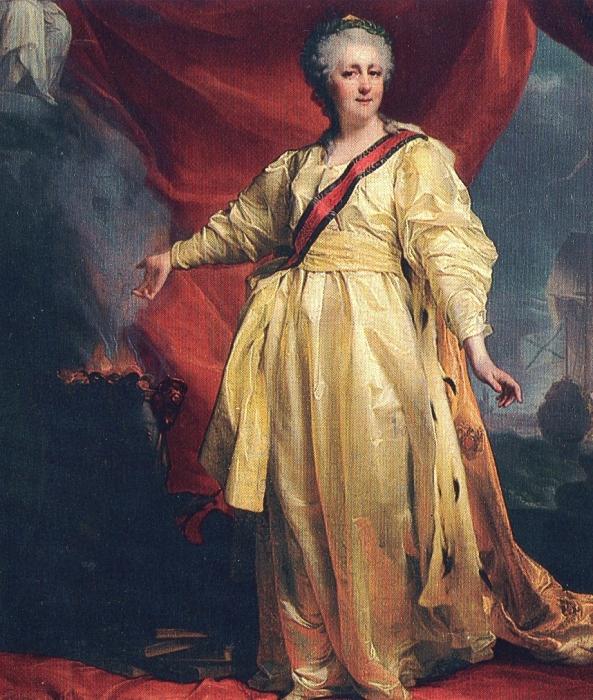The publication of the manifesto “On the Freedom of the Nobility” is a short decree of Peter III. This happened in the second half of the XVIII century.

Background to the document and the publication of the manifesto "On the Freedom of the Nobility"
In the Russian Empire was in full swing becomingnew relations in the system of power and the regrouping of the aristocratic estates. The boyars, which in medieval Russia were the closest group to the rulers, increasingly lost their own positions over the years. The struggle with the nobles lasted for several centuries. By the middle of the XVIII, it became clear that the nobles (former servicemen of the boyars' households) were more and more firmly established in a privileged position, and this fact needs to be fixed by law. The manifesto “On the Freedom of the Nobility” (year 1762) freed the nobles from the obligation to carry out state military service. They were allowed to freely leave the country. Although there was a reservation that in wartime such a duty still persists. Aristocrats who went abroad during the period of hostilities in which Russia participated were forced to return and participate in campaigns.
The publication of the manifesto "On the Freedom of the Nobility" and its consequences

The consolidation of the nobility and histhe final formation as the highest aristocratic stratum of society began under Peter I. In essence, the publication of the manifesto “On the Freedom of the Nobility” finally completed their respective legal status. Now the nobility has replaced the medieval boyars. The manifesto “On the Freedom of the Nobility” was supplemented during the reign of Catherine II, when the so-called “Letters to the Russian Nobility” was published, which further expanded the freedoms and powers of the latter. Now all the noble rights were assigned to them for life and forever and were inherited. All members of the class equalized with each other in their rights, regardless of the antiquity of the genus and acquired titles. However, these same salaries tied noblemen to the royal power, made them dependent on it, which, in general, was quite consistent with the processes of absolutisation of monarchical power that took place across the European continent.
Nobles literally turned

in government officials fillingbureaucratic apparatus. In addition to the provisions on military service, this document contained other points. He also secured the full and unshakable rights of the aristocratic class on real estate: land plots and estates. Nobles were exempted from any kind of corporal punishment and any taxes. The corporate structure of the estate was formally consolidated: nobleman assemblies were created that had official status before the state. The whole complex of these measures predetermined the main result - the formation and strengthening of the estate-representative monarchy in Russia, which at that time was an advanced political system for Europe.















